Winter tips
Tips for winter
Supplementary feed
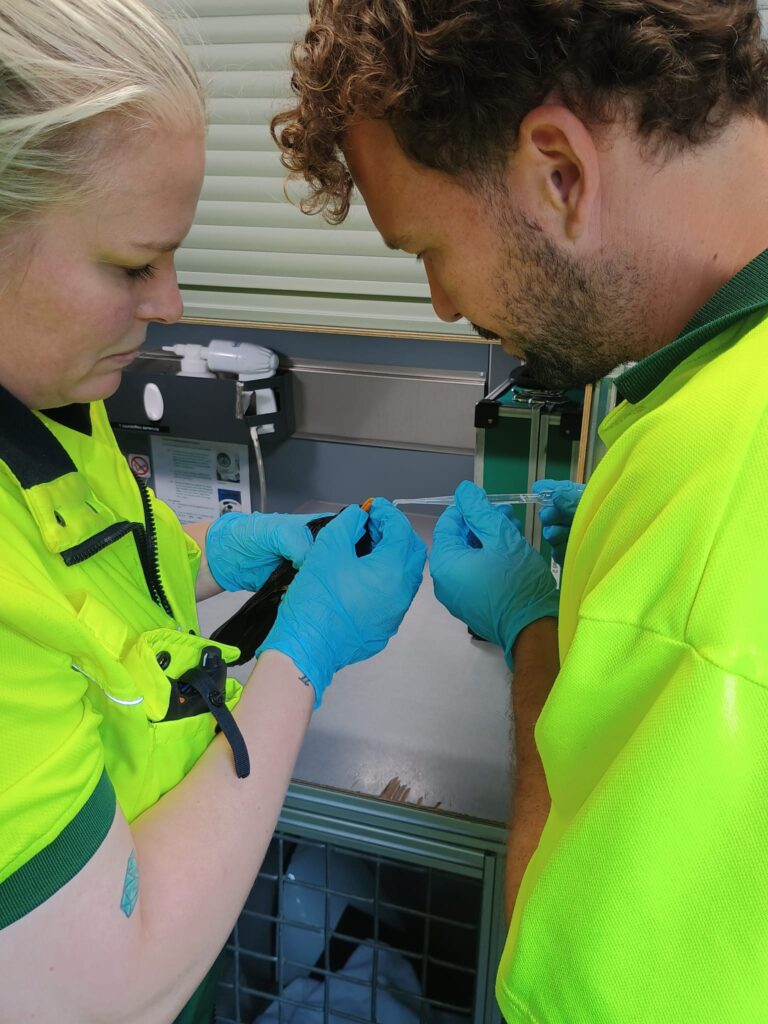
Birds in the Netherlands build up a layer of fat in autumn from which they live through the winter. Supplementary feeding is only necessary when food is scarce due to snow and sleet.
Do not give bread as it is too salty. Do not use food in (plastic) nets; birds can get entangled in these.
What can you supplement birds;
- Special bird food for garden birds;
- Fruit;
- Unroasted unsalted peanuts;
- Endive (waterfowl)
Brine
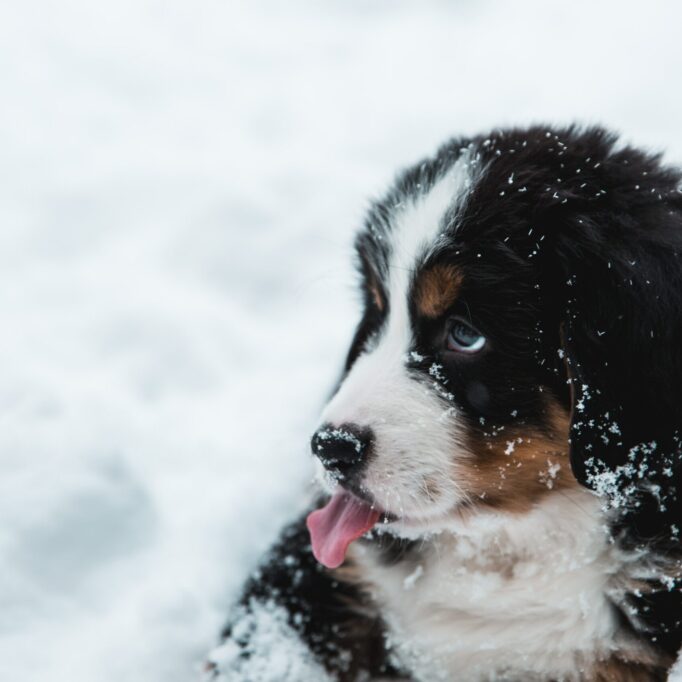
Salt is spread regularly during the cold and slippery days.
Dogs and cats lick themselves clean after a walk outside and this can cause salt poisoning.
Brine in large quantities is dangerous and can even be fatal.
Tips:
- Before the walk, lubricate your dog's paws with petroleum jelly;
- Cut away long tufts of fur between pads and on the belly;
- After the walk, clean the paws with lukewarm water and dry them well.
Lighting

During the dark months, we regularly take hit dogs to the vet. Even a collision with a cyclist can cause serious injuries.
Prevent collisions with other road traffic by lighting your dog.
Tips:
- A special lighted collar and/or light for around the collar or harness;
- A bicycle light around the collar also works fine.
Bonnet
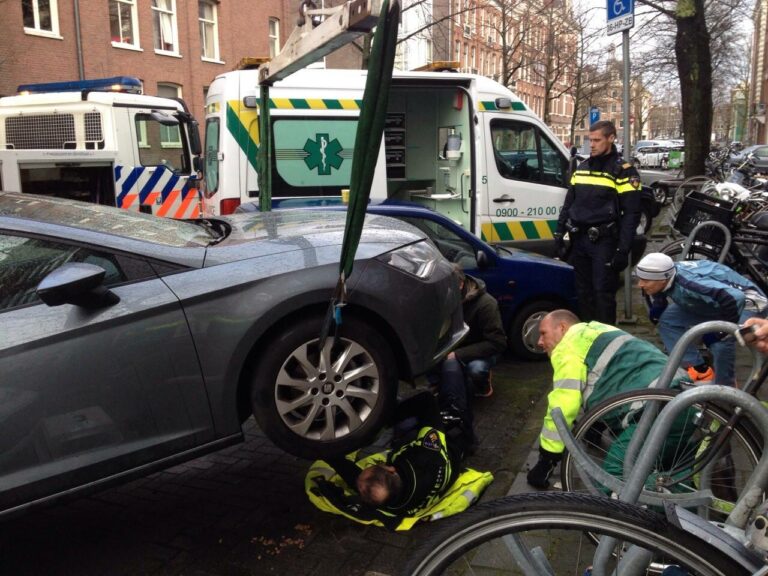
Cats sometimes climb under the bonnet or wheel arch of a car in search of warmth. If the car is moving then this can have terrible consequences.
Tip:
- Before driving the car, give a few good slaps on the bonnet.
Chocolate

We will be eating more chocolate again during the dark days, but chocotray is toxic to cats and dogs. The guilty substance is theobromine. It can cause cardiac arrhythmias, strokes, tremors and death.
How toxic chocolate is for your dog depends on the quantity, your dog's weight and the type of chocolate. Therefore, give as much information as possible to your vet.
Possible symptoms, including:
- Vomiting;
- Diarrhoea;
- Restlessness.
What can you do?
Do you suspect your animal has eaten chocolate? Call your vet.
We can provide transport.
Christmas cake
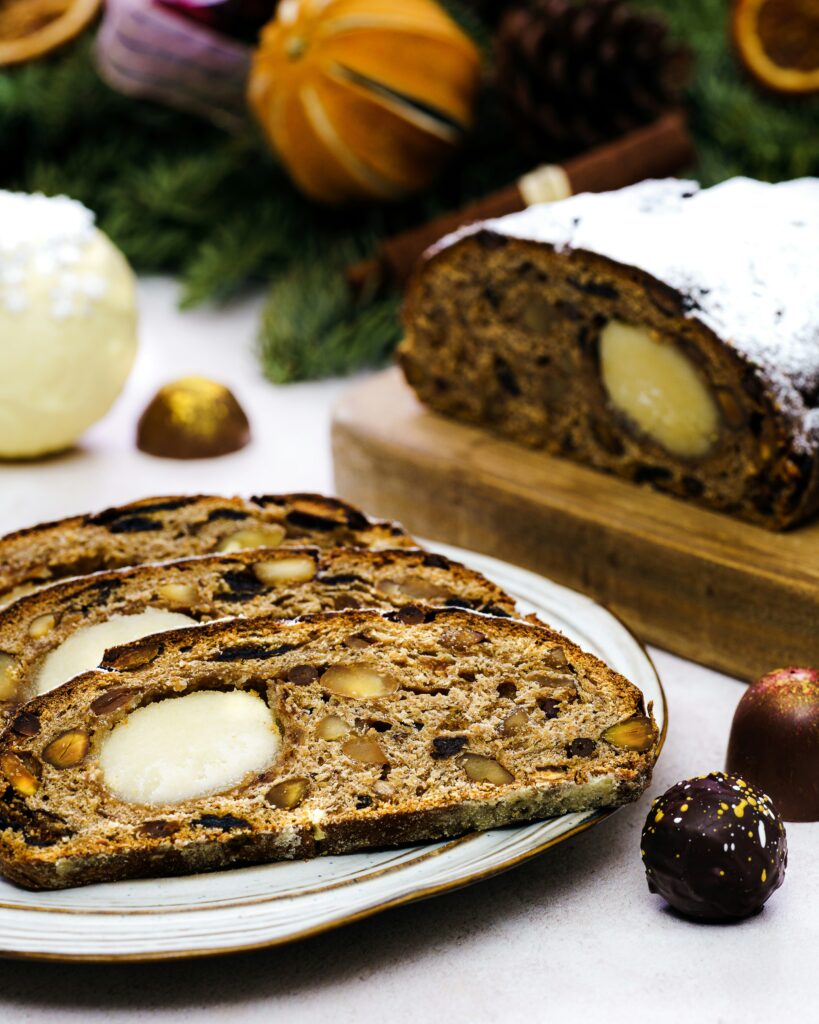
Besides chocolate, be careful with Christmas cake. This is because it contains sultanas. Sultanas (and therefore also grapes) are highly toxic for dogs and cats and can cause acute kidney failure.
Sensitivity varies from animal to animal. In small dogs, two grapes can be fatal. Symptoms may appear after 6 to 24 hours.
Possible symptoms, including:
- Drinking a lot;
- Braken;
- Diarrhoea.
What can you do?
Do you suspect your animal has eaten sultanas or grapes? Call your vet.
We can provide transport.
Hedgehogs
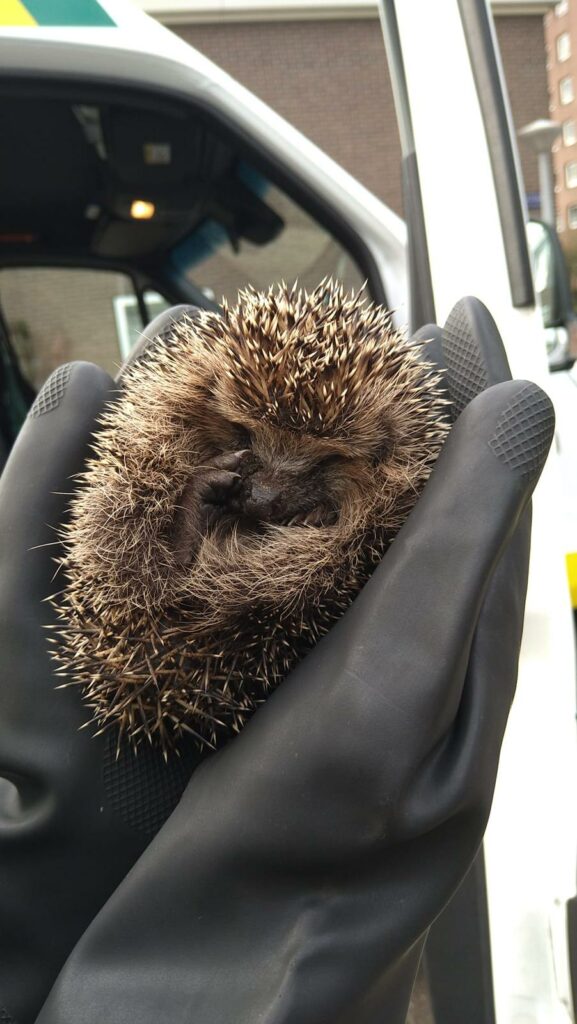
In autumn, hedgehogs eat themselves full to go into hibernation as fat as possible.
Do you have a garden? Then leave some leaves and twigs in a pile under a bush or hedge. This way you create a sheltered spot. Lots of tiles in your garden? Replace them with grass and plants.
Better for everyone!
Tips:
- Make or buy a hedgehog house. Make sure the entrance is narrow enough that no cats can enter;
- Any additional feeding? Hedgehogs love cat food;
- Put down a low bowl of water.
Poisonous plants
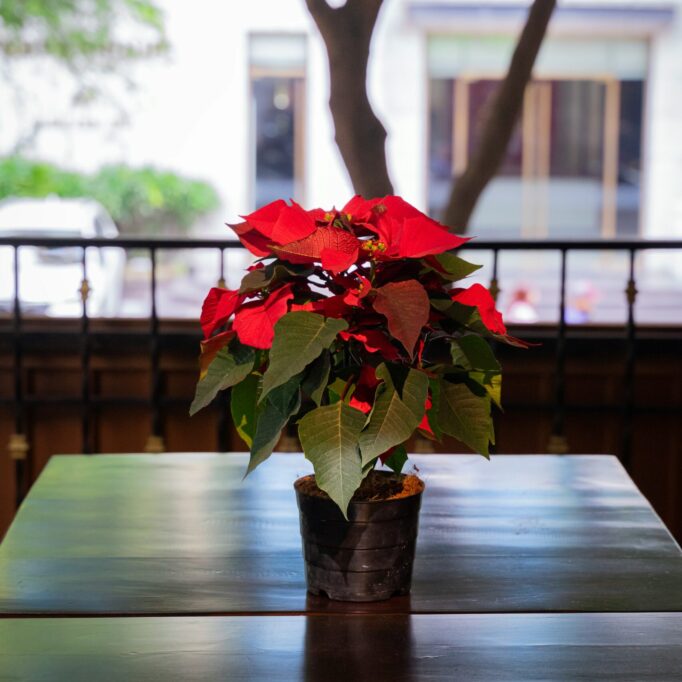
Among other things, these plants are toxic to your dog or cat:
- Christmas star
- Christmas rose
- Mistletoe
- Holly
- Yew
- Amaryllis
- Pine needles
Possible symptoms, including:
- Salivating
- Braken
- Diarrhoea
What can you do?
Do you suspect your animal has eaten one of these plants? Call your vet.
We can provide transport.
Fireworks
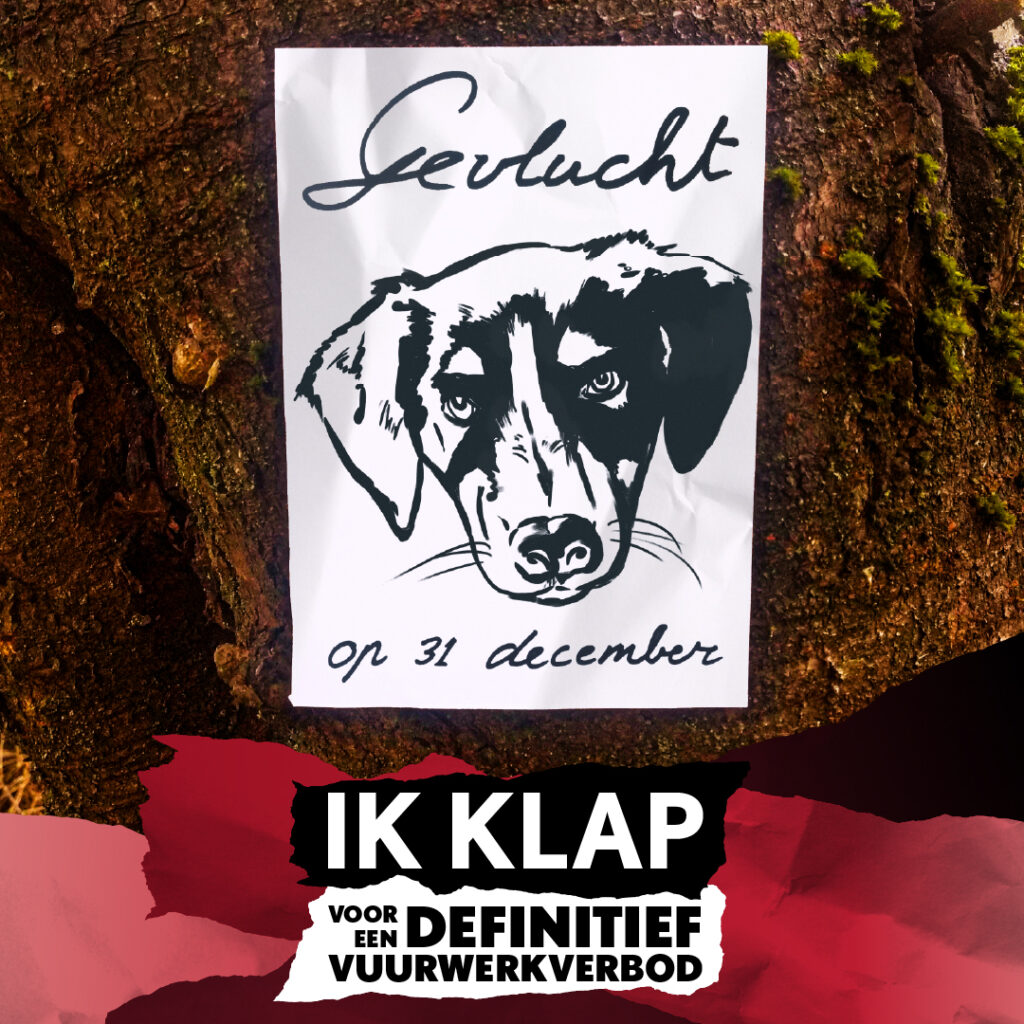
Fireworks cause a lot of animal suffering and environmental pollution every year.
Not only pets like dogs, cats, rabbits and rodents suffer a lot of fireworks stress. Fireworks also cause a lot of anxiety in birds and other wildlife at the turn of the year.
In addition, fireworks create a lot of particulate matter in the air and heavy metals in soil and groundwater.
Tips:
- Stay as calm as possible yourself. Your animal copies your stress;
- Show behaviour whatever you normally show.
- Provide attention when your animal asks for attention and leave your animal alone when your animal asks for rest;
- View here All our fireworks tips.
Dog's paws

Do you have a dog with a long coat and is there snow or ice?
Ice nuggets can stick to the hairs near the soles of the feet, causing wounds.
They can also stick to the hairs of the abdomen.
Tips:
- Before the walk, lubricate your dog's paws with petroleum jelly;
- Cut away long tufts of fur between pads and on the belly;
- After the walk, clean the paws with lukewarm water and dry them well.
Snow fun
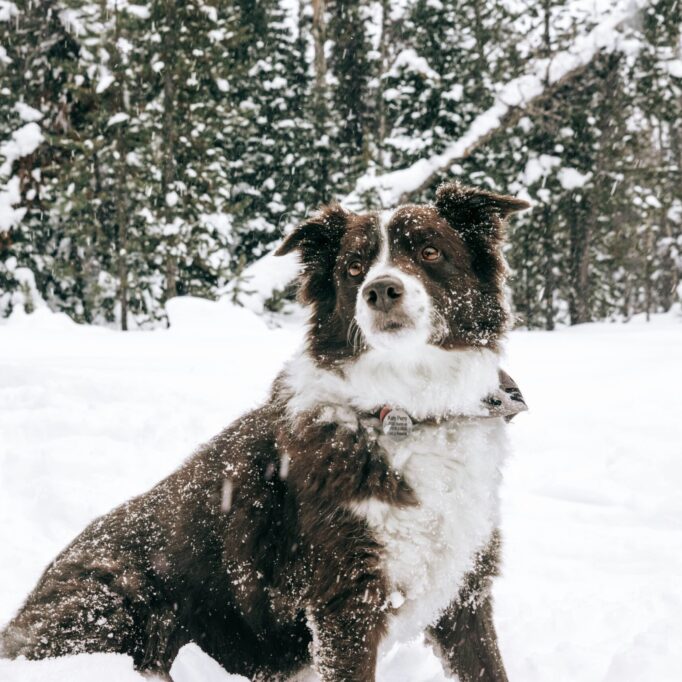
Ice and snow can make for a lot of fun, but with the right before and after care.
Thus, ingesting too much snow can cause gastrointestinal problems.
On ice, a dog can slip nastily or fall through the ice and hypothermia and/or even drown.
Tips:
- Don't let your dog ingest too much snow;
- Keep your dog moving and/ or put on a jacket if it is extremely cold combined with a thin coat;
- Don't let your dog go out on the ice;
- Dry your dog well after the walk.
Antifreeze
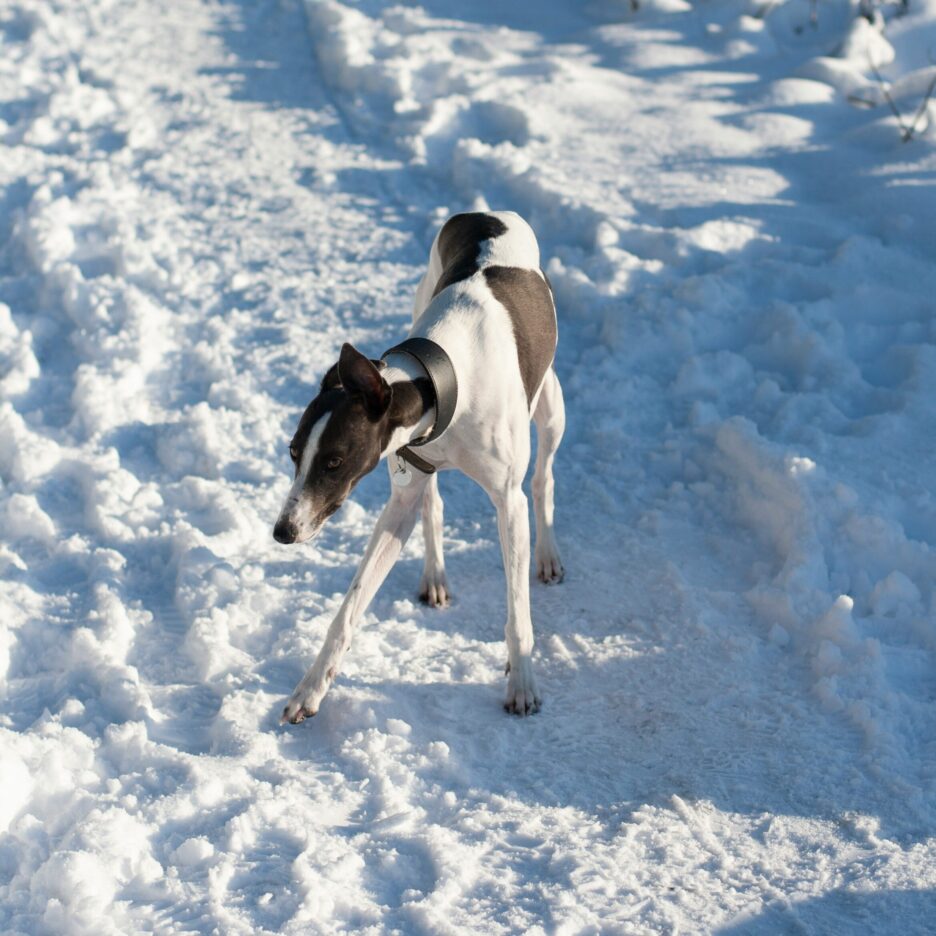
Dogs can really like the sweet smell of antifreeze, which contains Ethylene glycol, so they tend to lick it up.
It can also end up on paws while walking, after which the paws are licked clean and they therefore ingest it.
If ingested, call your vet immediately, as this can lead to life-threatening kidney failure.
Possible symptoms:
- Braken;
- Drinking a lot and peeing a lot;
- Neurological symptoms ('drunk').
What can you do?
- Contact your vet immediately. We can provide transport.
Gourmetten
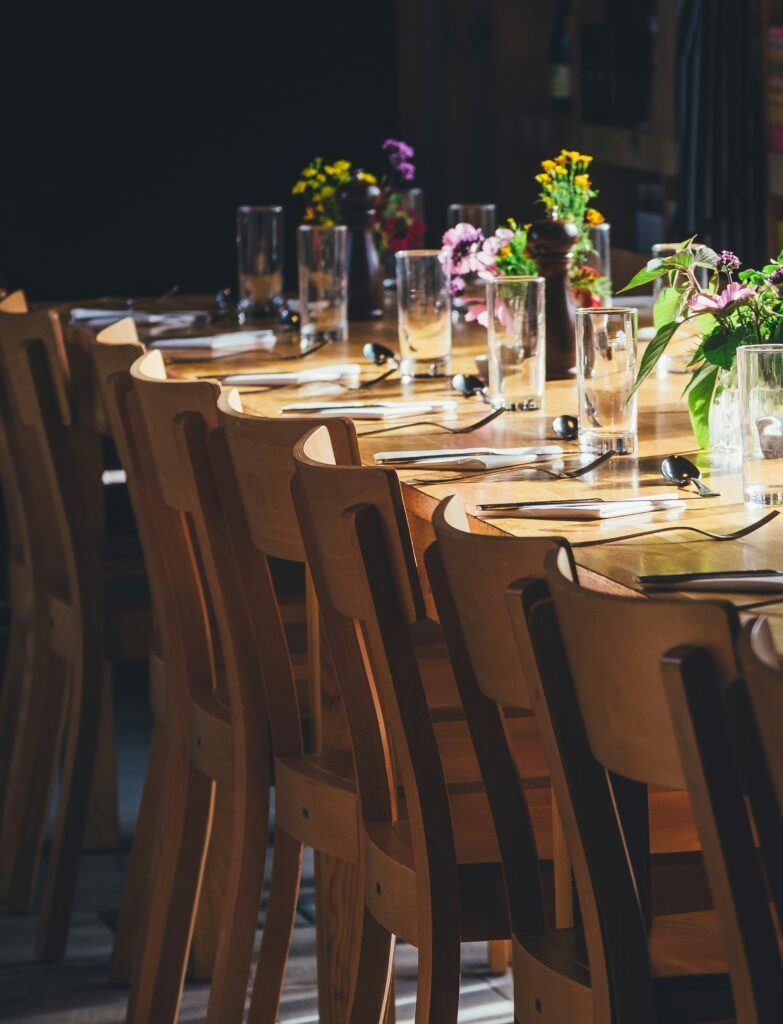
Gourmetten is zeer giftig voor vogels.
De antiaanbaklaag van het gourmetstel of grillplaat bevat teflon waar vogels erg gevoelig voor zijn. Ze kunnen acute benauwdheid krijgen en sterven.
Zorg dat je de vogel in een andere ruimte zet en zet een vogel überhaupt nooit in of bij een keuken, want ook andere pannen kunnen voor de giftige gassen zorgen. Bij blootstelling heeft jouw vogel zo snel mogelijk zuurstof nodig. De prognose is helaas slecht, dus voorkomen is de beste optie.
Possible symptoms:
- Knipperen met de ogen;
- Hijgen;
- Slaperigheid.
What can you do?
- Haal de vogel uit de ruimte;
- Contact your vet immediately. We can provide transport.
Has your pet not yet been microchipped:
we chip and register
Yes, I give
... To the animals of Amsterdam
